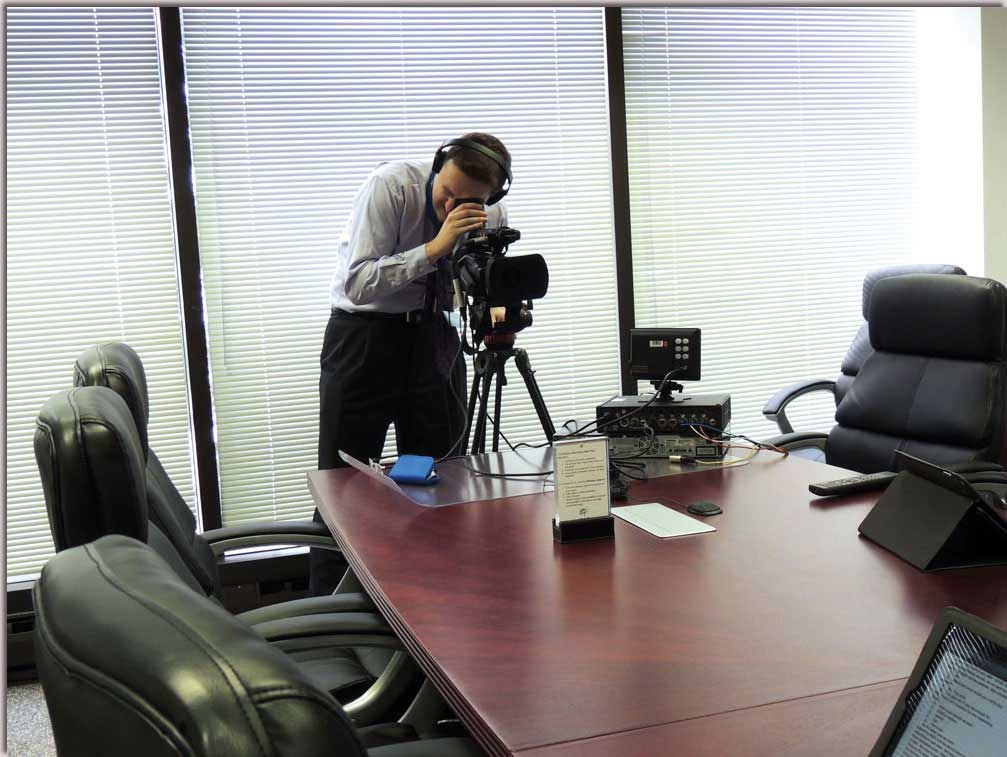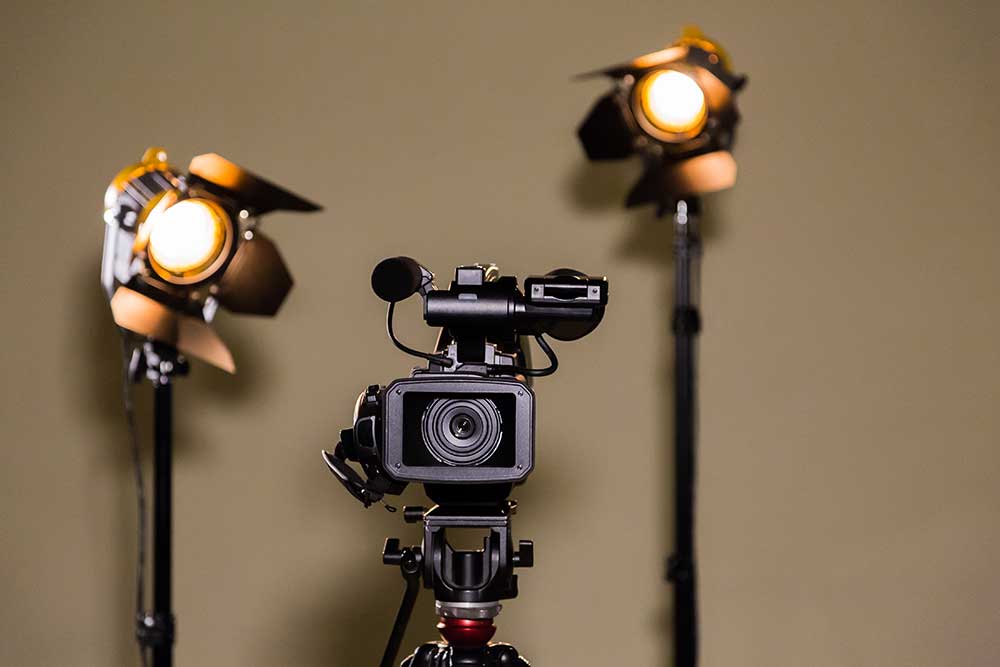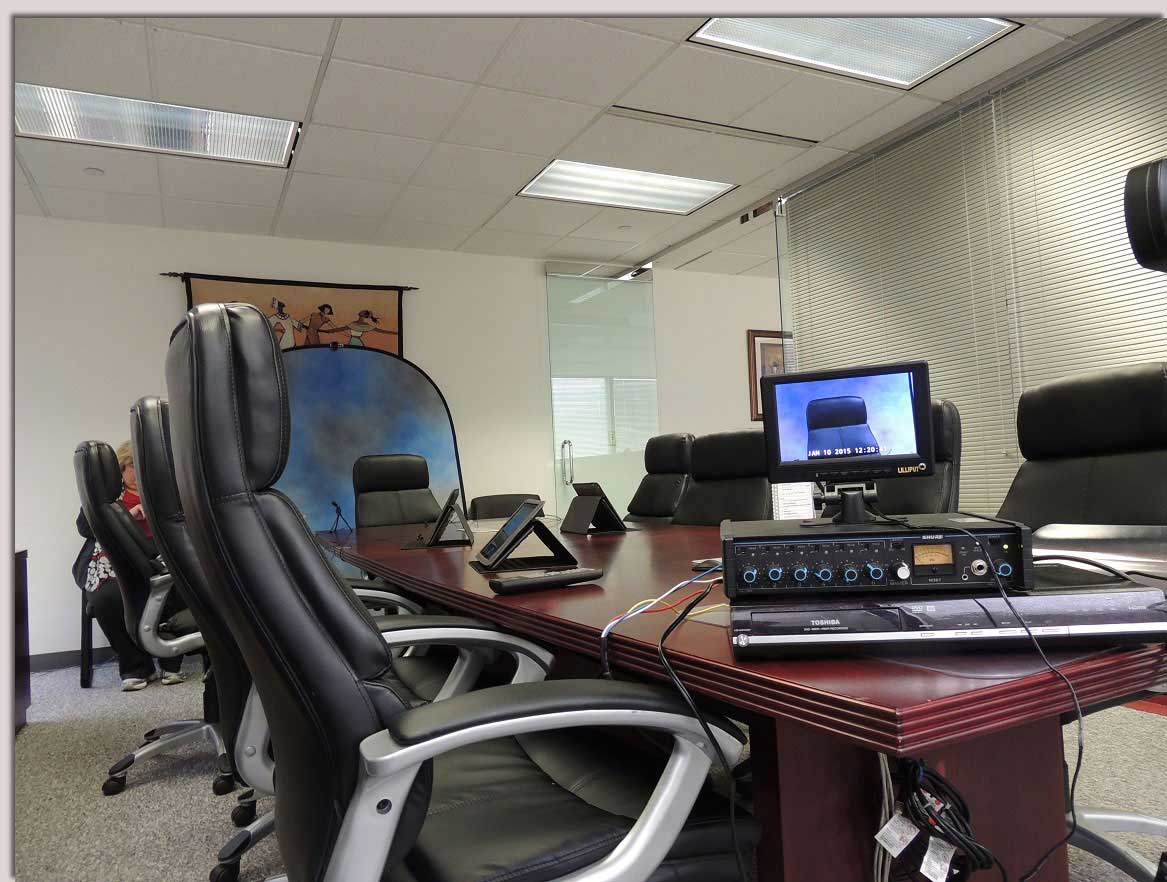Digging Into the Devices of Lawful Videography: Introduction Its Procedure in Safeguarding Authentic Visual Testimony for Judicial Proceedings
In the realm of judicial proceedings, the duty of lawful videography stands as a keystone in maintaining and providing visual evidence. As technology continues to advance, the mechanisms behind lawful videography have actually ended up being progressively elaborate, offering a critical layer of credibility to testaments recorded on video. By diving into the functional ins and outs of legal videography, one can reveal the careful processes that secure the stability of aesthetic proof presented in courtrooms - Legal Videography. This expedition not only loses light on the historic evolution of legal videography yet also hints at the future trends that might even more reinvent how visual statements are promoted in the world of justice.
Historic Evolution of Legal Videography
Examining the historical development of legal videography discloses a considerable makeover in the catching and discussion of visual proof within the lawful landscape. In the past, lawful proceedings greatly counted on composed photos and records to record events and offer proof. However, with the development of video clip modern technology, the legal sector witnessed a paradigm shift in how aesthetic testament was captured and presented.
The evolution of legal videography can be mapped back to the late 20th century when advancements in video recording equipment made it much more obtainable for use in courtrooms. This technological development not just enhanced the accuracy and integrity of visual evidence yet also revolutionized the means instances were presented to judges and juries (Legal Videography). Attorneys began to recognize the influential power of video recordings in conveying feelings, subtleties, and non-verbal signs that composed photographs or records alone might not catch successfully

Technology Advancements in Video Documents
What key technical innovations have changed video clip documents in the lawful field? The legal area has actually seen considerable improvements in video documentation technology that have boosted the credibility and integrity of visual evidence in judicial process. Among the crucial improvements is high-definition (HD) video recording capabilities, which provide crystal-clear photos and sharp information that are crucial for accurately capturing testaments, faces, and various other aesthetic cues. Furthermore, the integration of timestamping and metadata features in video clip paperwork devices has actually made it possible for exact paperwork of when and where the video clip was taped, guaranteeing the honesty of the evidence presented in court.
Furthermore, improvements in video clip file encryption and watermarking innovations have reinforced the security and tamper-proof nature of video clip evidence, protecting it against unauthorized modifications or tampering. Additionally, the advent of cloud storage space services and remote access capabilities has streamlined the storage, access, and sharing of video clip evidence, promoting smooth cooperation amongst attorneys and making sure reliable accessibility to essential aesthetic testaments when needed. These technical innovations in video documents have actually certainly revolutionized the lawful my latest blog post field, improving the precision, reliability, and admissibility of visual proof in judicial proceedings.
Function of Legal Videographers in Courtroom Setups
The evolution of video paperwork modern technology in the legal area has necessitated an essential role for lawful videographers in court setups, making certain the stability and reliability of visual testaments offered during judicial proceedings. Legal videographers play a fundamental role in catching and protecting accurate visual proof that can be critical in lawsuit. Their responsibility encompasses establishing devices, recording procedures, and creating high-grade video clips that precisely reflect the events in the court.
Additionally, legal videographers typically function very closely with lawful teams to make sure that the video clip proof straightens with the case's requirements and can be successfully offered in court to sustain the legal disagreements being made. On the whole, the duty of lawful videographers in court settings is indispensable in maintaining the concepts of justice and making certain the openness of lawful process. Legal Videography.

Ensuring Admissibility and Integrity of Video Clip Proof
To maintain the reputation of visual evidence offered in legal procedures, making certain the admissibility and integrity of video evidence is an essential responsibility for legal videographers. Admissibility describes the approval of proof by the court, and for video evidence to be acceptable, it needs to fulfill certain requirements. Lawful videographers play an essential function in making sure that the video clips they record comply with the guidelines of evidence, such as credibility, integrity, and relevance.
Stability of video clip proof entails maintaining the originality and accuracy of the video footage from the time it is taped till it exists in court. This consists of securely storing the video files, documenting the chain of protection, and avoiding any type of tampering or modifications. Legal videographers need to stick to rigorous procedures to ensure the stability of the video proof and avoid any kind of obstacles to its credibility.
Future Trends in Legal Videography
Provided the enhancing reliance on modern technology in lawful procedures, legal videographers are positioned to accept innovative developments forming the future of aesthetic statement capture and presentation. Among the famous trends coming up blog is the combination of virtual fact (VR) and augmented fact (AR) innovations into lawful videography. These innovations have the potential to change exactly how aesthetic proof is presented in court rooms, enabling juries and courts to immerse themselves in the scene of the criminal activity or occurrence.
Additionally, the usage of man-made intelligence (AI) formulas for video evaluation is expected to simplify the procedure of evaluating and analyzing huge quantities of video footage. AI can aid in determining key moments, abnormalities, and patterns within video clips, boosting the effectiveness of lawful investigations.

Final Thought
In conclusion, lawful videography has played a critical function in providing genuine visual proof for judicial process. With technical improvements and the experience of legal videographers, the honesty and admissibility of video proof are ensured in court setups. As legal videography proceeds to evolve, it will certainly be important to maintain standards that preserve the precision and reliability of visual testament for the future of legal procedures.
Examining the historic development of legal videography exposes a substantial transformation in the catching and discussion of visual evidence within the legal landscape.The evolution of video clip documentation innovation in the lawful field has actually required an important duty for legal videographers in courtroom settings, making sure the integrity and integrity of aesthetic testimonies provided during judicial process. Additionally, legal videographers typically function closely with legal groups to make certain that the video evidence aligns with the case's needs and can be successfully provided in court to sustain the lawful arguments being made.To preserve the reliability of visual evidence presented in legal proceedings, ensuring the admissibility and integrity of video clip proof is a critical responsibility for lawful videographers. As lawful videography proceeds to progress, it will be vital to maintain requirements that preserve the accuracy and integrity of visual statement for the future of legal proceedings.